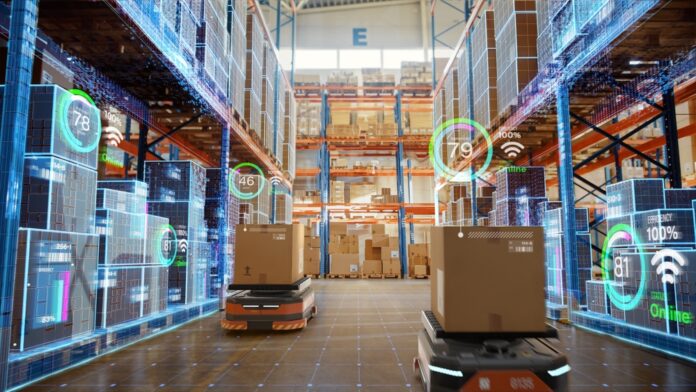Behind the scenes of any efficient logistics operation, warehousing, handling, and automation are decisive elements to ensure operational efficiency and effectiveness. Much more than just a storage space, it is the beating heart of intralogistics. A well-structured warehouse, with optimized processes and solutions tailored to the business profile, directly impacts the company’s competitiveness—whether through faster deliveries, cost reduction, or productivity gains.
In recent years, especially driven by the rise of e-commerce in Brazil, we have seen accelerated transformation in this sector. Companies have started viewing their distribution centers with a more strategic eye, seeking modernization, automation, and above all, efficiency. But with so many possibilities, how do you choose the ideal warehousing model for each operation?
- In-house warehousing
Ideal for organizations that want full control over operations. In this model, the company is responsible for all management—from physical infrastructure to processes, layout, technology, and personnel. The major advantage lies in customization and autonomy: the warehouse can be adapted according to seasonality, new market demands, or portfolio expansion.
However, it’s important to be aware of the costs involved, the need for constant technological updates, and full responsibility for operational performance.
- Outsourced warehousing
Recommended for companies that prefer to focus efforts on their core business while outsourcing logistics operations. In this case, a specialized company takes responsibility for storage, handling, and product control.
The major advantage is the agility to scale operations and reduced investments in infrastructure and personnel (CAPEX). But beware: it’s essential to choose partners with proven expertise, solid infrastructure, and the ability to meet the specifics of your logistics chain.
- Contracted warehousing
A hybrid model, increasingly popular, especially with the expansion of logistics parks in Brazil. The company leases the space and physical infrastructure but retains operational and personnel management under its control.
This format combines the best of both worlds: strategic location, modern infrastructure, and operational flexibility. It’s an interesting alternative for companies looking to grow in a structured way while maintaining control over management—without the costs of building and maintaining an in-house warehouse.
Ultimately, logistics is the main competitive differentiator, and each year, intralogistics is becoming a strategic advantage for companies aiming to grow efficiently and sustainably. Choosing the right logistics warehouse model is one of the pillars of this journey, aligned with a solid automation project.


